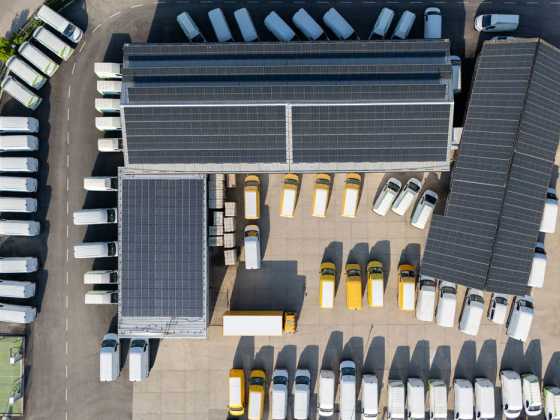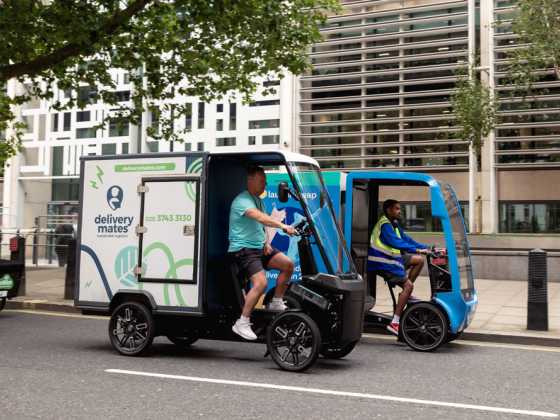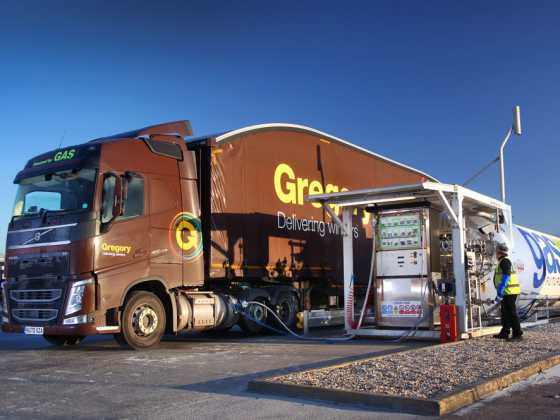Vehicle powertrains: Jargon buster

With the UK banning the sale of new petrol and diesel vehicles from 2030, fleets will need to consider their future vehicle purchases. With many different, greener powertrains available, Zemo Partnership has released a new definition guide
The government has announced plans to phase out the sale of new petrol and diesel cars. From 2030, only cars with a substantial zero emission range will be available to buy; mainly Battery Electric Vehicles (BEVs) and some Plug-in Hybrid Electric vehicles (PHEVs). From 2035, all new cars and vans must be fully zero emission at the tailpipe, meaning BEVs only, and possibly hydrogen or fuel cell electric vehicles.
With many different, greener powertrains and vehicle technology categories available, Zemo Partnership has released a new guide, with simplified definitions.
Mild Hybrid Electric Vehicle
A Mild Hybrid Electric Vehicle (MHEV) uses a petrol or diesel engine to always power the vehicle, assisted by a small electric motor and battery in certain driving conditions.
It cannot drive using only the electric motor and does not require user charging.
Hybrid Electric Vehicle
A Hybrid Electric Vehicle (HEV) sometimes called a ‘self-charging hybrid’, is a vehicle powered by both a petrol or diesel engine and an electric motor and battery. These can be used either individually or together.
Because these cars have small batteries, the electric-only range is very limited. These vehicles do not have a plug.
Plug in Hybrid Electric Vehicle
A Plug-in Hybrid Electric Vehicle (PHEV) uses a petrol or diesel engine combined with an electric motor, but with a larger battery to provide a much longer electric-only range. This needs plugging-in to fully recharge.
Some PHEVs provide an electric-only range of 30 miles+. It’s worth noting that fuel economy significantly suffers if it’s not actually plugged in.
Range Extended Electric Vehicle
Range Extended Electric Vehicle (REEV) is a Battery Electric Vehicle with an additional small petrol or diesel engine, which acts as a generator to provide extra battery charge. The electric motor always drives the wheels.
These require charging by the user to achieve their full electric range.
Electric Vehicle
A vehicle that runs on electricity only is known as a Battery Electric Vehicle (BEV), Pure Electric Vehicle, or simply an Electric Vehicle (EV). These vehicles use a powerful electric motor(s) and large battery to power the vehicle. This needs to be charged by the user.
You’ll need the ability to charge an EV for an extended period; either at home, work or on street.
Fuel Cell Electric Vehicle
A fuel cell electric vehicle (FCEV), also referred to as a hydrogen vehicle, is an electric vehicle that uses its own hydrogen fuel cell to generate electricity, which then powers the electric motor that drives the car.
There are very few hydrogen cars and limited fuel stations currently available.
Internal Combustion Engine
An Internal Combustion Engine (ICE) is a vehicle powered only by an engine that uses petrol or diesel.
Alternative Fuel
An alternatively-fuelled vehicle is a vehicle that is powered by another fuel either in combination with, or instead of, petrol or diesel.
Electrified
An electrified vehicle is a generic term for any vehicle that uses an electric motor to provide some or all of its power.
Hybrid (or Hybrid Electric)
A Hybrid, or Hybrid Electric, uses a petrol or diesel engine, plus a battery and electric motor, to power the vehicle.
Ultra Low Emission
An Ultra-Low Emission Vehicle (ULEV) is any vehicle that emits less than 75g per km of CO2 from the exhaust when driving.
Zero Emission Vehicle
A Zero Emission Vehicle meanwhile is a vehicle with no exhaust emissions when driving.
Image by Arek Socha from Pixabay






